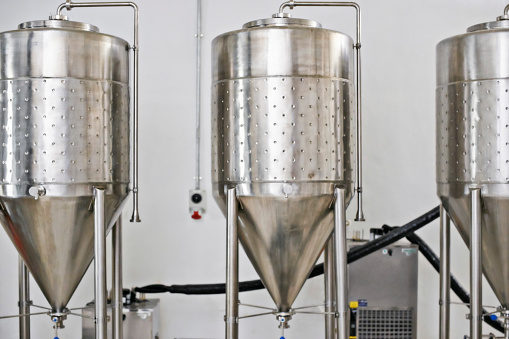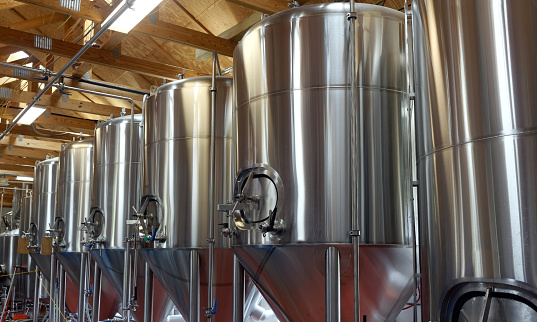
Before purchasing new brewery equipment, make sure to do your research. The right equipment can make a huge difference in the taste of your brew, so be sure to choose carefully. Purchasing equipment from a reputable supplier can help you save money both in the short-term and in the long-term. Make sure you consider how much maintenance each piece of equipment will need. When choosing brewery equipment, make sure to consider space constraints. While it is easy to find large warehouse spaces that can accommodate brewing large batches, you will also need to factor in the amount of room for a bar and working space for bartenders.
In addition to choosing the right large scale brewery supplies, brewers need to think about the different types of beer they want to produce. This is because the type of beer you plan to brew will affect how you configure your brewery equipment. For instance, if you plan to make lagers, you will need lager-brewing equipment, which can accommodate up to three varieties of beer. A beer’s CCT depends on how many varieties you plan to brew, and the amount of time it takes to brew one batch.
If you intend to sell your brews to the public, you’ll need to invest in a bottling or canning system. You’ll need these pieces of equipment for packaging and labeling your brews. You’ll also need kegging equipment for filling and charging kegs. Kegs can also be stored in cold storage, which is another essential piece of equipment for your brewery.

When choosing brewery equipment, keep in mind the amount of money you’re willing to spend on the equipment. Starting a commercial brewery requires a significant investment. A new 31-gallon single barrel can cost upwards of $100,000. If you’re on a budget, you can consider buying used brewery equipment. However, do not buy cheap brewing equipment, because it will cost you money to maintain and expand. You’ll end up wasting a lot of money in the process.
After you’ve chosen brewhouses, consider the size of the fermenters. Fermenters should be at least double the size of your brewhouse. This will enable you to ferment half a batch when business is slow, and double batches when demand grows. It is possible to double your fermenter capacity, but this will require an additional 30% investment and more tanks. Make sure you have enough brite tanks, too.
When purchasing brewing equipment, you need to ask yourself these questions: What is the business model you want to follow? What size brewery do you plan to run? What kind of sales are you expecting? Will you want to expand your product line? Where are you going to distribute your beer? You should decide if you’re going to sell it locally or outside to the public. A brewery that sells outside of your area will need more space than a taproom.


